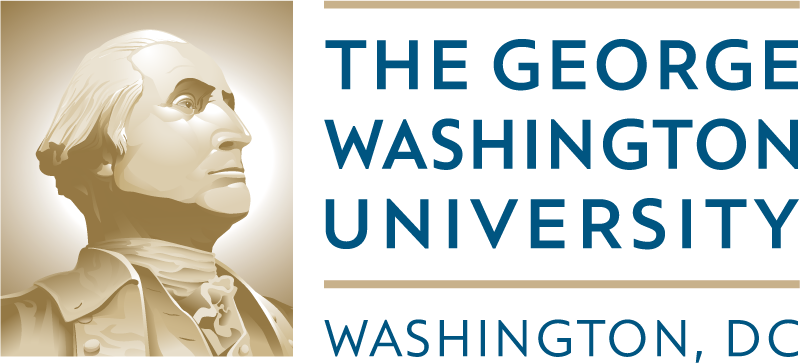“Liaison. A Book of Maps. The End Helps the Beginning.”
Salutations from the new English Department Communications Liaison, Calder Stembel:
“Liaison” is the first word on the first page of the first novel by Edward P. Jones. It is also the first word of a less renowned piece: this blog post. On the first of the first of 2009, “Liaison” is the first word of my first blog post as Communications Liaison for the GW English Department. A position that will find me liaising with students, faculty, and administration with abandon and glee.
Technically, eight words appear before “Liaison” in The Known World, on the zeroth page of the novel: “My soul’s often wondered how I got over…” More on these words later. The point of this paragraph is how I got over––to be the new Communications Liaison, blog contributor, and all-around friend to the English Department. I won’t bore you with the details; I’ll just write a few words in the style of Jones’ chapter headings, and you can piece together the rest:
“Sophomore. The Drama of Literature. Cinematic Shakespeare. Technology Improves Bacon. Trivia In Jeopardy.”
If you’re still reading, the next few paragraphs discuss The Known World. Spoiler Alert: Henry Townsend dies. (Otherwise, my thoughts are spoiler-free.)
Back to the introductory phrase that Edward P. Jones was kind enough to include on page 0 of The Known World, so as not to disturb my wonderful introduction. “My soul’s often wondered how I got over…” It is easy to ignore these words the first time you read The Known World. Not because they are printed at the absolute bottom of the zeroth page of the novel (they are), but because they are meaningless until you have finished the book. Why do authors introduce their novels with phrases that only become meaningful when you finish the book? With the book’s 388 pages behind me, I would like to posit a possible meaning of this phrase. Imagine “protagonist” Henry Townsend sitting in Heaven, looking down at the world. Imagine him reflecting upon his life. Imagine him regretting owning slaves, and wondering how the hell he got into Heaven (pardon the juxtaposition). Mystery solved. I feel like a kid from Ghostwriter.
Jones’ title is similarly meaningless until you have finished the book. In the fine tradition of To Kill A Mockingbird or The Catcher in the Rye, the title is derived from a minor incidence within the novel, but is also significant to the work as a whole. In this case, the title explicitly refers to a map of the world owned by John Skiffington, and mentioned in Chapter 5. Here, Jones writes: “The map had come from the Russian in twelve parts, each weighing about three pounds, and Skiffington had had a time putting it together” (174-5). In the same way, Jones pieces together disparate characters and events into a holistic map. The stories of a Canadian publisher, an executed Frenchman, and a twentieth century academic seem tangential to the main narrative, but enlarge the world of the main characters. Jones’ “known world” is not one of geography, but of personality. Having finished the novel, I don’t have a clear picture of Manchester, of William Robbins’ plantation or Henry Townsend’s house. But I have a better conception of the relationships between black and white, slave and free black, husband and wife, and lover and mistress; Jones elucidates them more clearly than river lines or mountain ridges on a map. Jones excels at portraying a large, lived-in world, one that is not a small, isolated Virginia town, but one that is but a piece of a larger country and larger narrative.
Jones’ title is mentioned in the chapter heading to Chapter 5: “That Business Up in Arlington. A Cow Borrows a Life from a Cat. The Known World.” Every chapter is introduced by similarly enigmatic phrases. My new title is mentioned at the beginning of Chapter 1: “Liaison. The Warmth of Family. Stormy Weather.” The headings are initially reminiscent of Brecht’s technique of Verfremdungseffekt (“distancing effect”), used in plays like Mother Courage and Her Children, in which initial chapter summaries remind the audience of the artificiality of the play. Jones’ headings also remind us that we are reading a book, a representation of reality, and not experiencing reality itself. However, unlike Brecht’s summaries, Jones’ headings are meaningful only after reading the chapter. Although they are a reminder of artificiality, they help the reader to remain actively engaged in the text: at the end of each chapter, I found myself paging back to check Jones’ heading, to see if I could recognize his allusions. They are yet another piece of the narrative map Jones constructs to reveal The Known World.
When you have finished navigating The Known World, there are a few more ways in which you can engage the text. Be sure to read “An Interview with Edward P. Jones” in the Post Script of the book. Most of your lingering questions about his technical and authorial decisions will be answered. When you have finished that, find a current picture of him, so you can be sure to recognize him when he passes you on campus. To get a better look at Jones, attend his inaugural reading on Thursday, January 29, 2009, at 5 p.m. in the Jack Morton Auditorium (free and open to the public). Be sure to thank the English Department and your new Communications Liaison.
